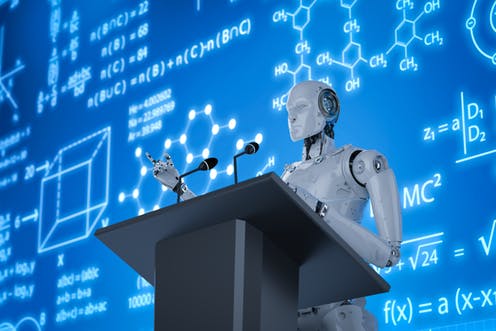The popularity of DNA tests is on the rise. In 2018, the amount of people purchasing DNA tests was the same as that of all previous years combined (Regaldo, 2019). Furthermore, only in the beginning of 2019, 22 million people had already submitted their DNA to one of the main DNA testing companies(Regaldo, 2019). If this trend continues, by the end of the year these firms could have the data on the genetic material of 100 million people (Regaldo, 2019). DNA testing can be an insightful and intriguing experience; through these tests, one can learn about its ancestry, medical predispositions and inherited risks. Nevertheless, many do not think about the potential consequences that it can have on the privacy of one’s genetic data.
For instance, 23andMe, one of the biggest firms, has made available the data of its customers to the pharmaceutical company GlaxoSmithKline. Through this $300 million partnership, the pharmaceutical company can use the genetic information of the more than 5 million customers of 23andme for drug research purposes (Rutherford, 2018). Since 23andme’s customers agreed to having their data used for medical purposes in the terms and conditions (Ducharme, 2018), this is all perfectly legal. Whats more, customers were given the option to opt out of these initiatives, yet, roughly 1 million customers out of the more than 5 million actually chose this option (Rutherford, 2018). However, it is likely that many were not fully aware of the future repercussions it could have on themselves and their blood relatives. In fact, that is what I personally find more worrying about this issue, it is not only one’s privacy that is jeopardized, but also that of living and future family members who have not agreed to sharing their genetic data. The deal between GlaxoSmithKline and 23and me is just one example, there are multiple cases of DNA testing companies sharing the data with other pharmaceuticals, public databases, research institutions and even law enforcement agencies. Apart from the growing privacy concerns, there are also security threats to sharing DNA data. Many believe that the data is kept in secured databases.However, data breaches is not something uncommon and in the case of DNA, it could lead to people being discriminated by employers, insurance providers or banks solely based on their genetics (Martin, 2018). Another issue that can be raised into question is that of the DNA data’s ownership. Companies like Ancestry claim that they do not own the right to their customers’ DNA (which seems quite obvious, since they cannot take it away from a person) or the DNA samples they receive (Brown,2017). However, their license system allows them to essentially treat the data as if they did have an ownership right over it (Brown,2017). Therefore, by not fully reading the fine print, consumers are basically selling away the rights to their DNA samples. The problem is further enhanced by the fact that there are not really any laws addressing these issues at the moment (Martin, 2018). If consumers do not start protecting their genetic data and governments enforcing laws to limit the power that these corporations have over their customers’ data, our genetic anonymity will be compromised.
Therefore, it can be asserted that the true price of DNA-testing kits is not the $50 to $200 that it can cost, but one’s genetic code and the potential negative repercussions it may have. We must all keep in mind that once we share our data, what it is done with it is beyond our control. Our DNA is the most valuable data we own (Baram ,2018) and unlike in the case of a password breach, it is not something we can change.
What do you think? Should we be worried about the growing amount of genetic data that is being shared? Would you still buy a DNA-testing kit?
References:
Brown, K. (2017). ‘What DNA testing companies’ terrifying privacy policies actually mean’. Available at:https://gizmodo.com/what-dna-testing-companies-terrifying-privacy-policies-1819158337
Ducharme, J.(2018).‘A major drug company now has access to 23andMe’s genetic data. Should you be concerned?’. Available at: https://time.com/5349896/23andme-glaxo-smith-kline/
Martin, N.(2018). ‘How DNA Companies like ancestry and 23andMe are using your genetic data’.Available at:https://www.forbes.com/sites/nicolemartin1/2018/12/05/how-dna-companies-like-ancestry-and-23andme-are-using-your-genetic-data/#256265a56189
Regaldo, A.(2019).’More than 26 million people have take an at-home ancestry test’.MIT Technology Review. Available at:https://www.technologyreview.com/s/612880/more-than-26-million-people-have-taken-an-at-home-ancestry-test/
Rutherford, A. (2018). ‘DNA ancestry tests may look cheap. But your data is the price’.The Guardian. Available at:https://www.theguardian.com/commentisfree/2018/aug/10/dna-ancestry-tests-cheap-data-price-companies-23andme


